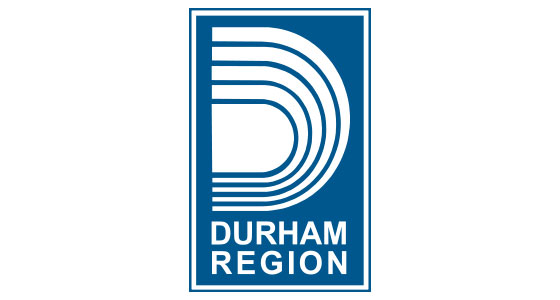April 09, 2021

Biogas could be the difference between meeting the world’s 2030 climate targets and missing them. That’s according to a new report from the World Biogas Association, which says biogas could cut climate pollution by a staggering 10 per cent globally by 2030.
With the majority of countries not on track to meet the reduction targets set out in the Paris Agreement, the WBA report provides a timely roadmap for using biogas to get back on track.
The trick to meeting the world’s 2030 climate targets, according to the WBA, is to tap into the global stockpile of organic waste. With about 98% of the world’s organic waste currently untreated, that leaves an estimated 102.9 billion tonnes of food waste, sewage, livestock manure and crop residues in untapped biogas potential every year.
Every one tonne of organic waste is one tonne of clean biogas potential.
But instead of being captured and transformed into clean biogas energy, this organic waste is instead dumping massive amounts of methane directly into the atmosphere, where it accelerates climate change.
How much organic waste globally? How much biogas potential?
- 69 billion tonnes of sewage – enough clean biogas electricity for 33 million people
- 33 billion tonnes of livestock waste – enough biogas energy to satisfy the natural gas demand of both India and China
- 2 billion tonnes of crop residues – enough biogas electricity to satisfy 6% of global electricity demand
- 1.3 billion tonnes of food waste – enough biogas energy to satisfy Germany’s natural gas demand
As far as Canada goes, we are tapping only a fraction of our biogas potential. According to work done by the CBA and others, there is at least 8 times more biogas energy that we could harness efficiently, especially from Canadian agricultural waste and municipal waste.
So how can Canada and the world tap the biogas opportunity in time for 2030?
The WBA report provides an overarching policy timeline. Here are the three key pieces of it, and how Canada is doing:
- Governments to formally commit to biogas in their NDCs (Nationally Determined Contributions) under the Paris Agreement, backed by direct short-term financial support.
Canada hasn’t done this yet. A joint letter from CBA and WBA to Canada’s environment minister in 2020 made the case for it. A strong Canadian biogas agenda could achieve 14 Mt of emissions reductions by 2030. - Governments need to then transition from direct financial support for biogas to more market-based policy support, such as low-carbon fuel standards for gases
Canada could be doing more of this. In 2020 the federal government backtracked on a broad clean fuel standard that would have incentivized biogas. Regulatory or other market-based instruments need to take its place. - Governments need to implement and ratchet up carbon pricing in order to properly account for the benefits of low-carbon energy sources like biogas
Yes, Canada is on top of this! Canada’s minimum price on carbon, rising to $170/tonne in 2030, will make biogas increasingly competitive against fossil fuels over the long term. But incentives are needed in the short term until the price signal becomes strong enough.
You can read more about the WBA’s overarching policy timeline recommendations here.
2030 is right around the corner. As Leah Lawrence from Sustainable Development Technology Canada points out, that leaves Canada and the world only two investment cycles to lock in the technologies that will contribute to meeting the Paris climate targets. Investing in biogas, in both developed and developing countries, is an opportunity to accelerate the reduction of climate pollution on the Paris timeline. In fact, it could drive a come-from-behind victory for the Paris Agreement and for the world’s climate goals.











